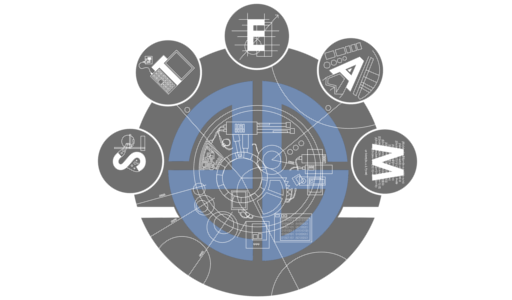We are working on developing an open-source drivetrain for any FTC team. We want this drivetrain to be easy to modify, manufacture, and build. The goal is to create a starting point for a CAD-based design process to get teams thinking about their designs before they start to build. We also wanted to provide a cheaper alternative to the robust AndyMark TileRunner drivetrain. The baseBot drivetrain is based on a slimmed-down version of our 2017-18 Project Peacock robot “Enterprise 2.0.”
In order to build it, your team will need access to some form of CNC cutting machine (CNC mill, laser cutter, plasma cutter, waterjet cutter, etc.). If your team does not have access to any of these, do not fret, although your life will be a little bit more challenging. You can look for local makerspaces and fabrication labs, which typically have some sort of laser cutter or CNC mill. Many local libraries even have a laser cutter these days. If you want to get really fancy, you can reach out to a company or university (which looks really good for the Connect Award, by the way). To build the Enterprise 2.0, we reached out to a local company that was willing to waterjet the parts for us. You might want to start by contacting some other FTC teams in your area who might already have these kinds of connections. Worst case scenario, there are laser cutting services online that you can send your designs to and have them cut for you.
The baseBot is designed with flexibility in mind. We have put together instructions showing how to incorporate several different kinds of wheels so you can build it to your exact needs. The main structural elements are intended to be Actobotics parts, although the design can be modified to accomodate other building systems as well. If you follow our building instructions, you can build a working drivetrain without needing to modify the CAD files. But, if you want something more customized and a more thoughtfully designed robot, you can add mounting holes, remove sections, add your team numbers to the outer plates, or even change the shape of the entire thing. The only thing we ask is that you leave the “baseBot.co” somewhere on the bot to help spread the word about baseBot.
Our goal is to make this design accessible to as many teams as possible. Beginner teams should be able to follow our tutorials and learn step-by-step how to integrate CAD into their design process and should end up with a simple, robust robot that will impress veteran teams. More experienced teams can use the baseBot as a starting point and modify the snot out of it until they end up with a sleek, unique, and efficient robot ready for the World Championships.
Share your designs with us! Hopefully in the future we can add a “community” page with forums and examples of completed baseBot robots. You can email us at info@basebot.co or you can tweet it at us @baseBotFTC.
